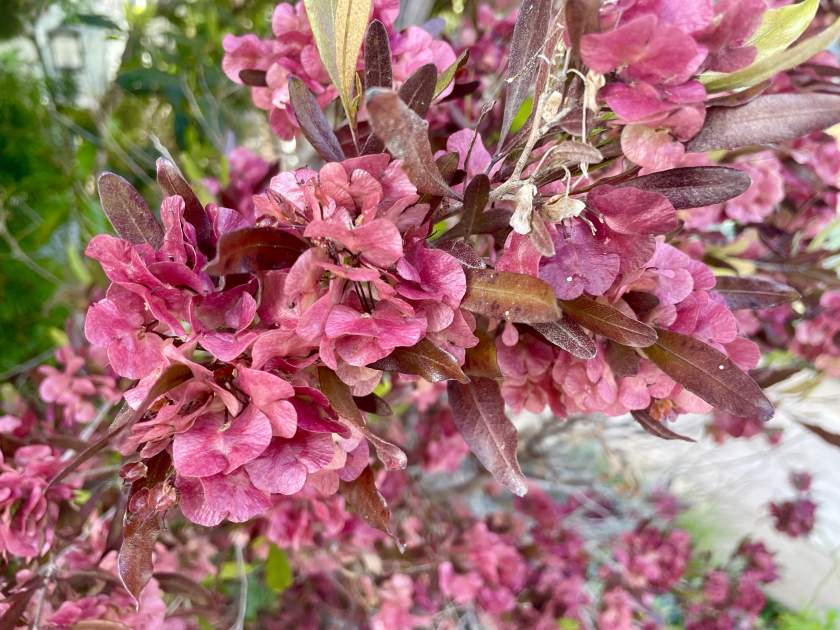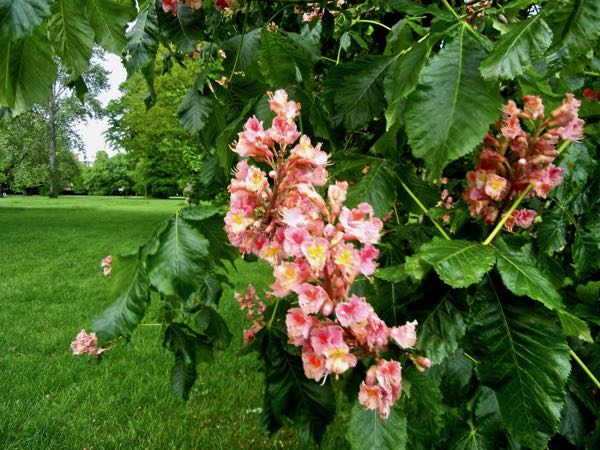Sapindaceae: A Fascinating Family of Plants
Sapindaceae, commonly known as the Soapberry family, is a diverse and captivating group of flowering plants. This family encompasses a wide range of species, including trees, shrubs, and vines, distributed across various habitats worldwide. Known for their distinctive features and economic importance, Sapindaceae plants display an array of intriguing characteristics that make them both aesthetically appealing and ecologically significant.
Family and Habitat: Sapindaceae is a large family of flowering plants that belongs to the order Sapindales. It comprises approximately 150 genera and over 2,000 species. The family is widely distributed across tropical and subtropical regions, with some species extending into temperate zones. Sapindaceae plants can be found in diverse habitats such as rainforests, woodlands, savannas, and mountainous regions. They display remarkable adaptability, thriving in various soil types and climatic conditions.
Leaves, Flowers, Stems, and Fruit: The leaves of Sapindaceae plants exhibit considerable diversity in shape, size, and arrangement. They can be simple or compound, with alternate or opposite leaf arrangements. The leaf margins may be serrated, lobed, or smooth, adding visual interest to the foliage. Some species have pinnately compound leaves, while others feature palmately compound leaves, providing a unique architectural element to the plants.
The flowers of Sapindaceae are typically small to medium-sized and often arranged in showy, often fragrant, clusters or panicles. The flowers can be unisexual or bisexual and are characterized by a range of colors, including white, cream, yellow, pink, or red. Many Sapindaceae species produce nectar, attracting pollinators such as bees, butterflies, and birds.
The stems of Sapindaceae plants vary in thickness and texture. Some species have slender, herbaceous stems, while others develop woody trunks or vines that climb and twine around support structures. The stems may exhibit interesting patterns, textures, or coloration, adding visual appeal to the plants.
The fruit of Sapindaceae is a defining feature of the family. Known as samaras or keys, the fruits are often winged or inflated structures that aid in seed dispersal. They can be highly decorative, with vibrant colors and intriguing shapes. The fruits of some Sapindaceae plants are edible, while others have economic importance for their use in traditional medicine, cosmetics, or as a source of valuable timber.
Important Genera and Interesting Information: Within the vast family of Sapindaceae, several genera stand out for their significance and diversity. Some notable genera include:
- Acer: This genus includes the iconic maple trees, known for their distinctive lobed leaves and vibrant autumn foliage. Maples are widely valued for their timber, ornamental beauty, and the production of maple syrup.
- Litchi: Litchi trees produce delicious and highly sought-after litchi fruits, known for their sweet and juicy flesh. Litchi is a tropical fruit tree native to China, and its cultivation has expanded to various regions worldwide.
- Aesculus: Commonly known as horse chestnuts and buckeyes, Aesculus species are renowned for their attractive palmate leaves and showy clusters of flowers. The seeds of some species are used in folk medicine, while others have ornamental value.
- Koelreuteria: This genus includes several species of flowering trees known for their stunning panicles of yellow or orange flowers. The trees are valued for their ornamental appeal and are commonly planted in gardens and parks.
- Paullinia: The genus Paullinia includes various climbing vines known for their showy flowers and often colorful fruit. Some species have traditional medicinal uses and are used in the production of beverages and cosmetics.
Sapindaceae plants have a rich history of ethnobotanical uses. Many species have cultural and medicinal significance in different parts of the world. Some plants in the family are used in traditional medicine for treating ailments ranging from digestive disorders to skin conditions.
In conclusion, Sapindaceae is a diverse and captivating family of plants. With their fascinating leaves, colorful flowers, distinct fruit structures, and economic importance, Sapindaceae plants offer a wealth of botanical interest. Whether as ornamentals, sources of food, or providers of valuable resources, these plants contribute to the ecological and cultural tapestry of our planet. Exploring the diverse members of the Sapindaceae family opens up a world of botanical wonder and appreciation.
The subfamilies include:
Dodonaeoideae
Hippocastanoideae
Sapindoideae
Xanthoceratoideae
The genera in the Sapindaceae include:
Dodonaeoideae
Arfeuillea
Averrhoidium
Cossinia
Diplokeleba
Diplopeltis
Doratoxylon
Euchorium
Euphorianthus
Eurycorymbus
Exothea
Filicium
Ganophyllum
Harpullia
Hippobromus
Hippocastanoideae
Billia
Dipteronia
Handeliodendron
Sapindoideae
Alatococcus
Alectryon
Allophylastrum
Allophylus
Amesiodendron
Aporrhiza
Arytera
Atalaya
Athyana
Beguea
Bizonula
Blighia
Blighiopsis
Blomia
Boniodendron
Xanthoceratoideae
Xanthoceras



